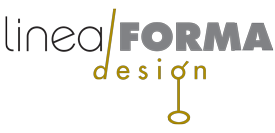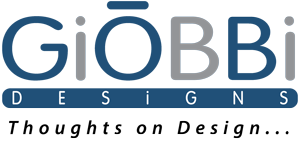The position, size, color and proportion of each element on a page or spread of a catalog is deliberate—or should be—to maximize readability, ease of use, flow of information, and ultimately, generate sales.
After a quarter century of creating labware catalogs for Labcon North America, I have fine-tuned my process to present the 100+ pages of extremely complex technical information in as compelling and informative a way as possible. Here’s a typical spread from Labcon’s latest catalog which I’ll use to point out some of my design element choices.

Setting the stage— I like to start each new product section of a catalog with a full page photo of that product type being used in an actual scene, zoomed in very close, as if looking through a window. It pulls the readers right inside the picture, and instantly tells them what they will be seeing in the upcoming pages, as this left-hand page does. The photo also keeps this technical catalog from being sterile and impersonal by adding an editorial look and feel to the page, as if it were a magazine article.
Shortcuts to searching — By creating multiple keys at the start of the catalog clearly defining different features that apply to most of the products, then using icons and symbols to represent those features on the actual product pages, customers can quickly differentiate and compare products. In my example, the orange dots at the top of the page are different “quality and compliance” product features and the blue dots next to the products themselves reference compatibilty charts.
Product sections are identified by name and color coded boxes on the top outside corner of each page, but more subtly, the background image changes for each product section reinforcing the transition cues. This right page, for example, includes a very faint microscopic image that fades away as it moves out from the center gutter of the page spread.
Maintaining relative sizes — Not always critical, but when appropriate, products that are close to each other in actual size should reflect that same relativity when represented together on a page, especially next to charts or tables that state their sizes, to avoid any chance for confusing the reader. But a large ‘hero’ image, as big as it’s feasible, is always impressive, if it’s meant to be the focus of that page, or used with a caption or heading.
Directing the eye — As you can see in this spread, your eyes are first drawn to the ‘in use’ photo on the left page. It has action, a person, color and is instantly relatable to the customer. From there, you naturally look to the top photo on the right and identify the components being sold. And finally, you can find, at a glance, the specific tube you want to purchase by seeing product photos in relative size, with iconography, product name, and item number. All the elements work together to allow the customer to ‘drill down’ to their destination as quickly and efficiently as possible.
Certainly these elements vary depending on the type of customer and industry and size of catalog. A high end consumer retailer, for example, will want a more magazine feel to a catalog with a goal to entice the consumer to peruse every page and have less organization of product lines. But for the industrial client, the user has a specific need in mind, and the faster it can be resolved, the better. A good catalog helps promote that process. And that is always my process.
Share this:

